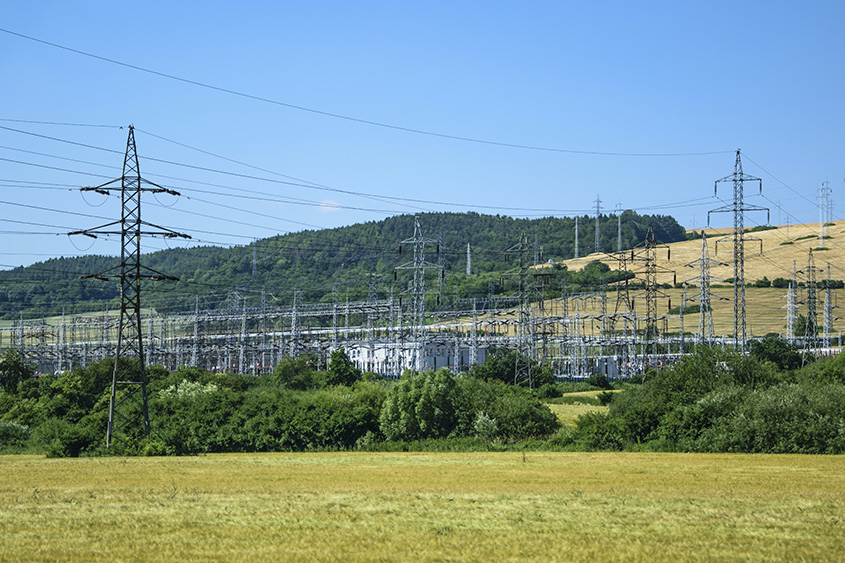Biases and misconceptions often surround the energy transition. In this series of articles, I’ll take a closer look at some of the conclusions reached and underrepresented facts pertaining to the energy transition to address the tension often accompanied by these conversations, making room for more balanced and constructive dialogue.
The role of government in the energy transition
It’s clear a step-change is needed to achieve our net-zero ambitions to defend our environment, expand our energy security, strengthen our economies, promote energy equity and protect our collective health.
It’s also clear that the change we call the energy transition requires a collaborative effort across all stakeholders, public and private, e.g., utilities, regulators, governments, consumers, business, industry, academia, etc. I think we can all agree, there isn’t one player holding the reigns.
So, what role should government play in this scenario?
Leadership
In energy, governments are known for rulemaking and enforcement. They are expected to provide a fair environment with outcomes that meet public interests. Our personal beliefs about how much government should be involved in energy may differ, but there is a clear role for government to guard the public welfare and to provide leadership, especially during transformative times such as these.
As the energy transition gains momentum, governments can provide leadership in a variety of ways.
It can support our shared success by forming, implementing and enforcing consistent, sustainable energy policies.
It can set long-term energy transition goals now to give all stakeholders time to adapt and to kick-start action so disruption is minimized.
It can invest in long-term commitments via funding energy research and development, incentivizing the market with subsidies and financing opportunities, and even by offering public land for clean energy projects.
Maybe even more importantly, since lack of collaboration is an energy transition deal-breaker, government can provide leadership by helping to align the various players who have historically not always been on the same team.

